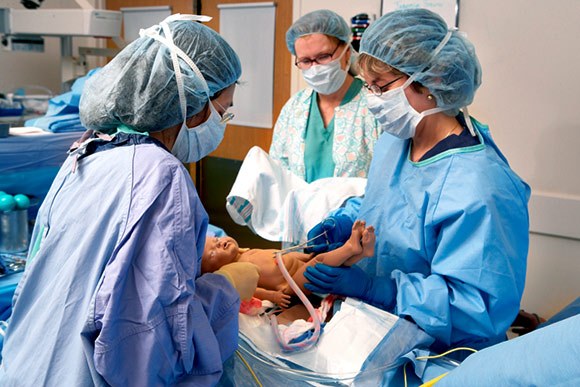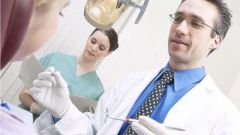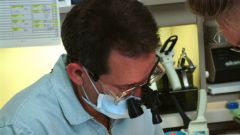Many students are interested in why, in medical schools, though high, though secondary, part-time form of training is missing?
Distance education received in any without an exception the school, always of lower quality than full-time. This is due to the fact that educational discipline necessary to master and understand yourself, if something is unclear, no one to contact, you need to understand right then and there. It's harder than to learn the material after listening to the lecture.
If you take the medicine, how the student should learn about the structure of man? The picture is not able to work as he will have with real people, not drawings or photographs. Photo make diagnoses and provide treatment only psychics. And no patient to the doctor after learning reception is not coming.
Before becoming a physician with an independent practice, the student works in the morgue, where it learns to recognize what, where and how the person is. For distance learning it is impossible. During his studies, future doctors need to constantly train in hospitals under the supervision of qualified operating doctors, otherwise they will not be able to distinguish one disease from another.
All that can be done to concessions already made. In some specialties apply form part-time training, but on the first two or three courses. After successful completion it is necessary to go completely to full-time training. And this benefit is available only to those students who entered medical school after College profile, that is, the knowledge they already have. At first the General education courses they will have the opportunity to combine work and study.
But when it comes time for specialization, and with the transition to the fourth year each student must choose a specialty, which will continue to learn, he must regularly attend class to learn necessary theoretical material and to acquire professional skills. Most importantly in medical education or practice. In distance learning it is not. Therefore, doctors are taught only by instructors, on an almost daily examples in clinics and hospitals.
Cons of distance learning
Distance education received in any without an exception the school, always of lower quality than full-time. This is due to the fact that educational discipline necessary to master and understand yourself, if something is unclear, no one to contact, you need to understand right then and there. It's harder than to learn the material after listening to the lecture.
Many doctors have inadequate skills, where here distance learning?
If you take the medicine, how the student should learn about the structure of man? The picture is not able to work as he will have with real people, not drawings or photographs. Photo make diagnoses and provide treatment only psychics. And no patient to the doctor after learning reception is not coming.
Before becoming a physician with an independent practice, the student works in the morgue, where it learns to recognize what, where and how the person is. For distance learning it is impossible. During his studies, future doctors need to constantly train in hospitals under the supervision of qualified operating doctors, otherwise they will not be able to distinguish one disease from another.
What options offers the modern system of higher medical education
All that can be done to concessions already made. In some specialties apply form part-time training, but on the first two or three courses. After successful completion it is necessary to go completely to full-time training. And this benefit is available only to those students who entered medical school after College profile, that is, the knowledge they already have. At first the General education courses they will have the opportunity to combine work and study.
If you have the opportunity, but little knowledge, many come to the commercial division.
But when it comes time for specialization, and with the transition to the fourth year each student must choose a specialty, which will continue to learn, he must regularly attend class to learn necessary theoretical material and to acquire professional skills. Most importantly in medical education or practice. In distance learning it is not. Therefore, doctors are taught only by instructors, on an almost daily examples in clinics and hospitals.













